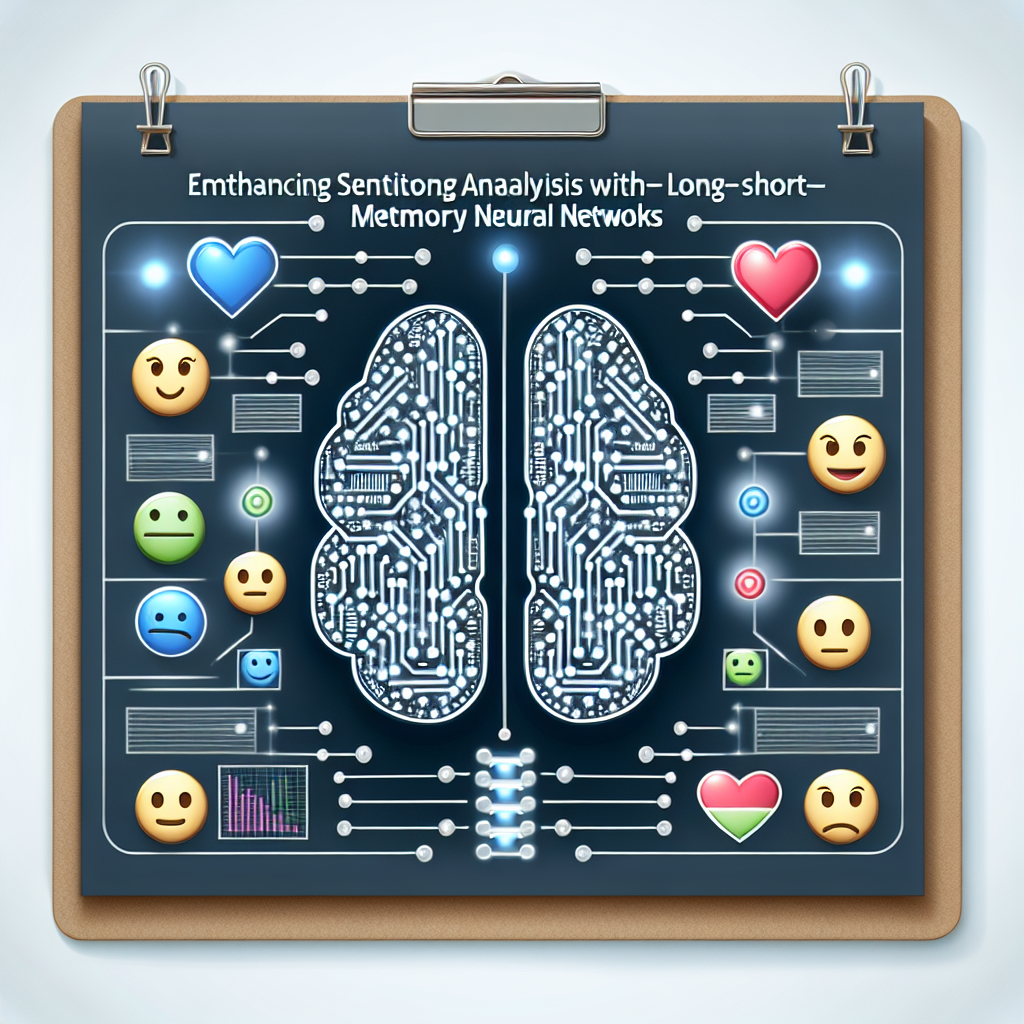This ambitious forecast has stirred conversations across the crypto community, fueled by growing optimism surrounding market conditions and Shiba Inu’s ecosystem developments.
Shiba Inu (SHIB), one of the most prominent meme cryptocurrencies, has captured renewed attention with bullish projections predicting a significant price surge.
While currently trading at $0.00002, analysts foresee SHIB climbing to an impressive $0.003 by 2040.
Long-Term Projection: $0.003 by 2040
According to a recent report by price prediction platform Changelly, Shiba Inu could reach $0.003 within the next 15 years. This would represent a staggering 15,000% return on investment (ROI) from its current price levels. A $1,000 investment in SHIB today could potentially grow to $151,000 by 2040 if the prediction holds true.

Market experts believe the Shiba Inu (SHIB) price will hit $0.003 by 2040. Source: Changelly
Experts explained further that this could happen based on the fundamentals of growth in the markets, and that includes basic growth of the Shib Inu ecosystem with macro-economic indicators. “It sounds ambitious in the current outlook but underpins long-term gains potentially feasible within very highly volatile digital assets,” said Crypto Analyst Alan Santana.
Whale Activity and Market Sentiment
Increased whale activity has bolstered optimism for SHIB. Earlier this month, a major whale address transferred 220 billion SHIB (valued at $4.63 million) from Binance, marking a strong show of confidence in the token’s long-term prospects.

A significant whale address moved 220 billion SHIB, worth $4.63 million, from Binance. Source: Lookonchain via X
Crypto analyst Alan Santana also highlighted SHIB’s bullish trajectory despite recent market corrections. “We’ve seen bearish movements that haven’t altered SHIB’s long-term outlook,” he stated. Santana predicts a potential 600% rally in the short to medium term, citing renewed investor enthusiasm and positive trends observed in other cryptocurrencies like XRP and ADA. In addition, SHIB has continued its token burning strategy.
Ecosystem Innovations and Community Support
Shiba Inu’s development team has been actively expanding its ecosystem, introducing tokens like TREAT to enhance utility and governance within the Shibarium network. Shytoshi Kusama, SHIB’s lead developer, recently emphasized the project’s commitment to delivering real value to its community. “It’s not just about the community but real technology that keeps us going,” Kusama stated on X, responding to a post by billionaire Mark Cuban lauding SHIB’s long-term prospects.
Despite facing competition from new meme tokens like TRUMP, which briefly surpassed SHIB in market value, the Shiba Inu community remains optimistic. Kusama has hinted at “major developments ahead,” fueling anticipation of advancements that could further solidify SHIB’s position in the crypto market.
Impact of Broader Market Trends
The inauguration of Donald Trump as U.S. President on January 20, 2025, boosted both stock and cryptocurrency markets. Analysts predict a financial resurgence under Trump’s presidency, which could provide favorable conditions for SHIB’s price growth.

Shiba Inu (SHIB) price chart (yearly). Source:Brave New Coin
“This could usher in a new financial era in the U.S., benefiting high-potential assets like SHIB,” observed a market analyst. While some speculate a short-term rally tied to the inauguration, others remain focused on SHIB’s long-term trajectory.
Challenges and Risks Ahead
While the Shiba Inu price forecast looks impressive, it comes with its own share of risks. This token is highly dependent on market sentiment, so it is surely very volatile. Competition in the meme token space is getting more competitive by the minute, with newer entrants vying for investor mindshare.

Shiba Inu (SHIB) price is currently consolidating above the immediate support at $0.00002050. Source: Arieyettinurami/TradingView
Despite these challenges, the development team of SHIB, along with its strong community support, offers solid ground for growth. As Kusama said, “Patience and focus on the ecosystem are key to realizing SHIB’s long-term vision.”
The projection of Shiba Inu reaching $0.003 by 2040 tantalizes many, offering a captivating perspective on its long-term investment. While everything depends on the dynamics in the market and the advancement of the ecosystem, the long-term prospects of SHIB remain bullish.
Meanwhile, Shiba Inu doesn’t stop strengthening its story against the concept of a meme token to become a project promising actual value and yields to the interested community. Perhaps Shiba Inu can indeed melt faces in the coming bull run.
Shiba Inu (SHIB) has been making waves in the cryptocurrency market recently, with its price surging and gaining attention from investors and traders alike. Many are wondering just how high SHIB can go, with some projections suggesting it could hit $0.003 in the near future.
To understand how Shiba Inu could reach this price point, it’s important to look at the current market sentiment and the timeline for potential growth. The overall sentiment surrounding SHIB has been largely positive, with the recent boom in the meme coin market contributing to its rise in popularity.
One factor that could push SHIB to $0.003 is the upcoming listing on major exchanges such as Coinbase and Binance. These listings could bring in a wave of new investors and increase liquidity, driving up the price of SHIB in the process.
Additionally, the ShibaSwap decentralized exchange, which is set to launch soon, could also play a significant role in boosting SHIB’s price. The platform will allow users to stake their SHIB tokens and earn rewards, further incentivizing holders to buy and hold onto the coin.
While it’s difficult to predict exactly when SHIB will hit $0.003, many analysts believe that it could happen in the coming weeks or months if current trends continue. Of course, it’s important to remember that the cryptocurrency market is highly volatile, and prices can change rapidly based on a variety of factors.
Overall, the future looks bright for Shiba Inu, and $0.003 could be a realistic target for the coin in the near future. Investors and traders should keep a close eye on market trends and news updates to stay informed about potential price movements.
Tags:
Shiba Inu, SHIB, cryptocurrency, price prediction, market analysis, timeline, market sentiment, investing, crypto news, digital currency, altcoins, blockchain technology, decentralized finance, tokenomics, price forecast, market trends
#Shiba #Inu #SHIB #Projected #Hit #Closer #Timeline #Market #Sentiment












